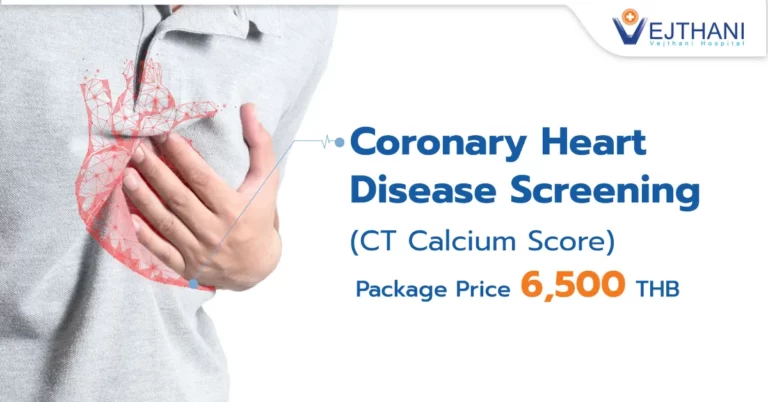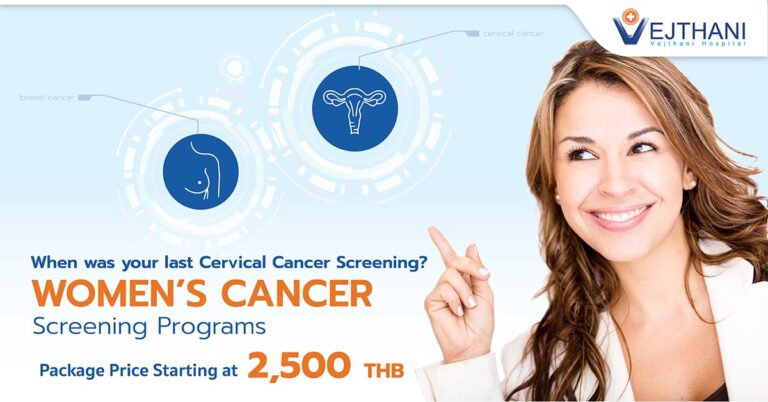
Health Articles
What is Blepharoplasty?
ABOUT THE PROCEDURE
Eyelid surgery or blepharoplasty is a procedure to remove fat and muscle from the upper and lower eyelids. The procedure can correct drooping upper lids and puffy bags below your eyes.
WHO NEEDS EYELID SURGERY
For men and women who are physically healthy, psychologically stable, and realistic in their expectations, and would like to improve their looks.
THE PROCEDURE RISK
The complications include double or blurred vision for a few days; temporary swelling at the corner of the eyelids; and a slight asymmetry in healing or scarring.
Difficulty in closing your eyes may occur, but only in rare case.Very rare complication is ectropion, a pulling down of the lower lids; further surgery may be required in that case.
PREPARATION BEFORE SURGERY
You have to inform your surgeon if you have any allergies; if you’re taking any vitamins, medications , or other drugs; and if you smoke.
The surgeon will test your vision and assess your tear production.If you have any relevant information from your ophthalmologist, or the record of eye exam, you should inform your surgeon.You should bring your glasses, or contact lenses along with you,if you have them.
THE SURGERY
The incisions will be made following the natural lines of your eyelids; in the creases of upper lids, and below the lashes in the lower lids. The surgeon separates the skin from underlying fatty tissue and muscle, removes excess fat, and trims sagging skin and muscle. The incisions are closed with very fine sutures.
ANESTHESIA TECHNIQUE
Eyelid surgery is usually performed under local anesthesia .
LENGTH OF SURGERY TIME
It usually takes one to three hours.
LENGTH OF STAY IN HOSPITAL AFTER SURGERY
Eyelid surgery is usually performed as an out patient case; rarely does it require an inpatient stay.
TAKING CARE AFTER SURGERY
After surgery, your eyelids may feel tight and sore.You have to keep your head elevated for several days, and use cold compresses to reduce swelling and bruising. You have to clean your eyes for a week or so. For the first few weeks you may also experience excessive tearing, sensitivity to light, and temporary changes in your eyesight, such as blurring or double vision.
The stitches will be removed in 2 to 7 days after surgery.
RECOVERY
You should be able to read and watch television after 2 or 3 days. However, you won’t be able to wear contact lenses for about two weeks. You may be sensitive to sunlight, wind, and other irritants for several weeks, so you should wear sunglasses and a special sunblock made for eyelids when you go out.
You may have to keep your activities to a minimum for 3 to 5 days, and avoid more strenuous activities for about three weeks. It’s important to avoid activities that raise your blood pressure, including bending, lifting, and rigorous sports and avoid alcohol, since it causes fluid retention.
Your scars may remain slightly pink for six months or more after surgery. However, they’ll fade to a thin, nearly invisible white line.


























